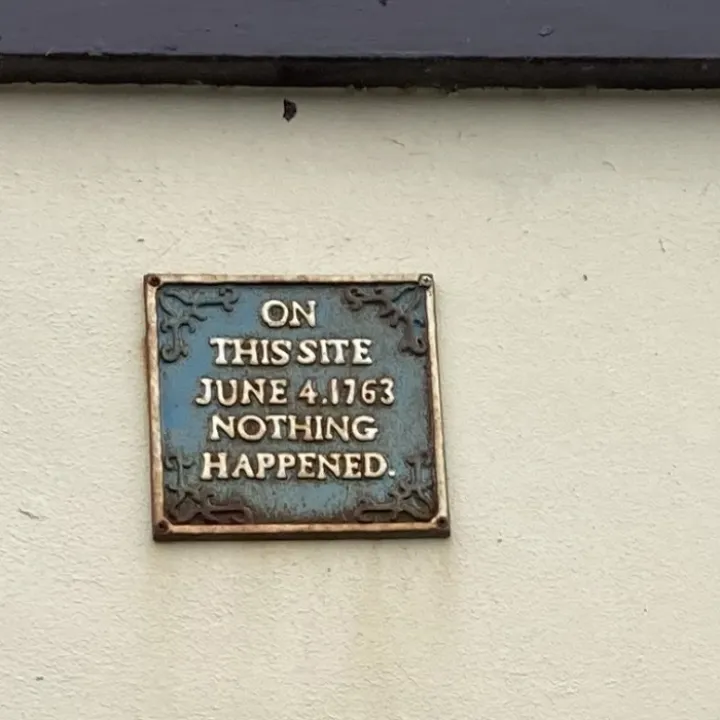







Mallard breaks the record
Mallard is the holder of the world speed record for steam locomotives at 126 mph. The record was achieved on 3 July 1938 on the slight downward grade of Stoke Bank south of Grantham on the East Coast Main Line, and the highest speed was recorded at milepost 90¼, between Little Bytham and Essendine. It broke the 1936 German (DRG Class 05) 002's record of 124.5 mph. The record attempt was carried out during the trials of a new quick-acting brake (the Westinghouse "QSA" brake).
Mallard was a very good vehicle for such an endeavour. The A4 class was designed for sustained 100+ mph (160+ km/h) running, and Mallard was one of a few of the class that were built with a double chimney and double Kylchap blastpipe, which made for improved draughting and better exhaust flow at speed. (The remainder of the class were retro-fitted in the late 1950s.) The A4's three-cylinder design made for stability at speed, and the large 6 ft 8 in driving wheels meant that the maximum revolutions per minute (529.4/min at 126 mph) was within the capabilities of the technology of the day. Mallard was four months old, meaning that it was sufficiently broken-in to run freely, but not overly worn. Selected to crew the locomotive on its record attempt were driver Joseph Duddington (a man renowned within the LNER for taking calculated risks) and fireman Thomas Bray.
In the words of Rob Gwynne, assistant curator of rail vehicles at the National Railway Museum:
"Duddington, then aged 61, climbed into the cab, turned his cap around (as had George Formby in the contemporary film No Limit), and drove Mallard into the history books. He had 27 years on the footplate, and had once driven the Scarborough Flyer for 144 miles at over 74 mph (average speed), considered at the time to be the highest speed ever maintained by steam in the UK"
The A4 class had previously had problems with the big end bearing for the middle cylinder, so the big end was fitted with a "stink bomb" of aniseed oil which would be released if the bearing overheated. Shortly after attaining the record speed, the middle big end did overheat and Mallard reduced speed, running at 70-75 miles an hour onwards to Peterborough. It then travelled to Doncaster for repair. This had been foreseen by the publicity department, who had many pictures taken for the press, in case Mallard did not make it back to Kings Cross. The (Edwardian period) Ivatt Atlantic that replaced Mallard at Peterborough was only just in sight when the head of publicity started handing out the pictures.
This article is from our news archive. As a result pictures or videos originally associated with it may have been removed and some of the content may no longer be accurate or relevant.
Get In Touch
AudlemOnline is powered by our active community.
Please send us your news and views using the button below:
Email: editor@audlem.org





